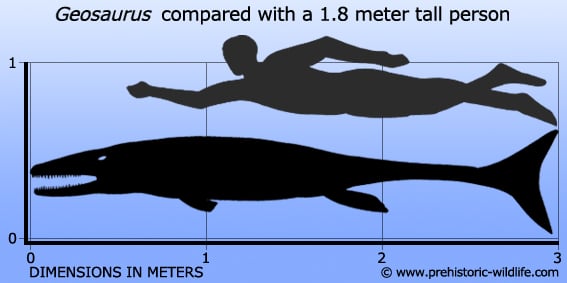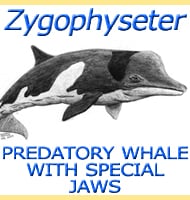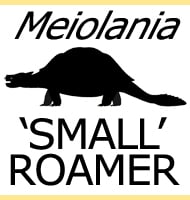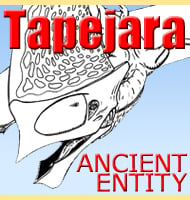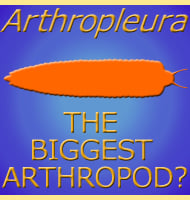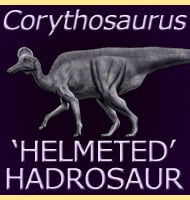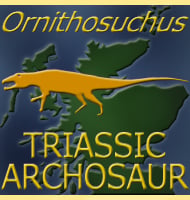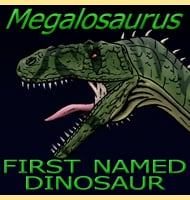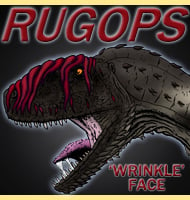In Depth
There is some confusion regarding Geosaurus reconstructions as there were once both long and short snouted forms of the genus. One former species of Geosaurus in particular known as G. suevicus was an almost complete specimen which was commonly used as a base for the majority of early Geosaurus reconstructions. Later analysis in 2009 by Mark T. Young and Marco Brandalise de Andrade however found this fossil to actually be a specimen of another marine crocodile named Cricosaurus. As such modern depictions of Geosaurus, find that it is actually more similar to Dakosaurus in appearance.
As with Dakosaurus, Geosaurus is today thought to have been a short snouted marine crocodile that had large serrated teeth. With this kind of mouth and dentition, Geosaurus would have been a more effective predator of larger fish and potentially even other marine reptiles. Former species of Geosaurus which are now assigned to Cricosaurus indicate that this would have been a form of niche partitioning which allowed several species of marine crocodile to co-exist in the same ecosystem. This would see marine crocodiles like Geosaurus and Dakosaurus taking large prey, while Cricosaurus fed on prey like small fish which it could more easily catch with its longer jaws that had smaller but more numerous teeth.
Further Reading
– Brachytaenius perennis aus dem dichten gelben Jurakalk von Aalen in W�rtembertg. In: Meyer H von, Althaus GB, M�nster G, eds. – Beitr�ge zur Petrefacten-kunde. Bayreuth: 22-23, & plate 7 – H. von Meyer – 1842. – D�couverte d’un crocodilien dans le N�ocomien de La Martre (Var) Dacosaurus lapparenti n. sp. – Travaux du Laboratoire de la Facult� des Sciences de l’Universit� de Grenoble 33:89-99 – J. Debelmas & A. Strannoloubsky – 1957. – Geosaurus vignaudi n. sp. (Crocodylia, Thalattosuchia), first evidence of metriorhynchid crocodilians in the Late Jurassic (Tithonian) of central-east Mexico (State of Puebla) – E. Frey, M. -C. Buchy, W. Stinnesbeck & J. G. L�pez-Oliva – 2002. – A new thalattosuchian crocodyliform from the Tithonian (Upper Jurassic) of northeastern Mexico – Comptes Rendus Palevol 5 (6): 785-794 – M. -C. Buchy, P. Vignaud, E. Frey, W. Stinnesbeck & A. H. G. Gonz�lez – 2006. – The evolution and interrelationships of Metriorhynchidae (Crocodyliformes, Thalattosuchia). – Journal of Vertebrate Paleontology 27 (3): 170A – M. T. young – 2007. – What is Geosaurus? Redescription of Geosaurus giganteus (Thalattosuchia: Metriorhynchidae) from the Upper Jurassic of Bayern, Germany. – Zoological Journal of the Linnean Society, 157: 551-585. – Mark T. Young & Marco Brandalise de Andrade – 2009. – The oldest known metriorhynchid crocodylian from the Middle Jurassic of North-eastern Italy – Neptunidraco ammoniticus gen. et sp. nov.”. Gondwana Research 19 – Andrea Cau & Federico Fanti – 2010.
